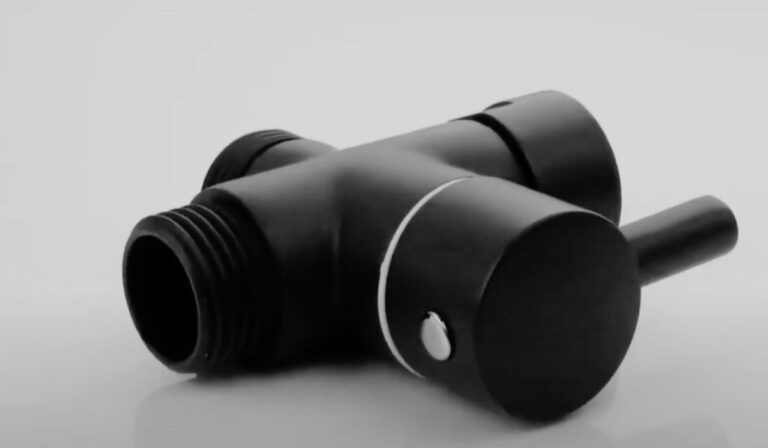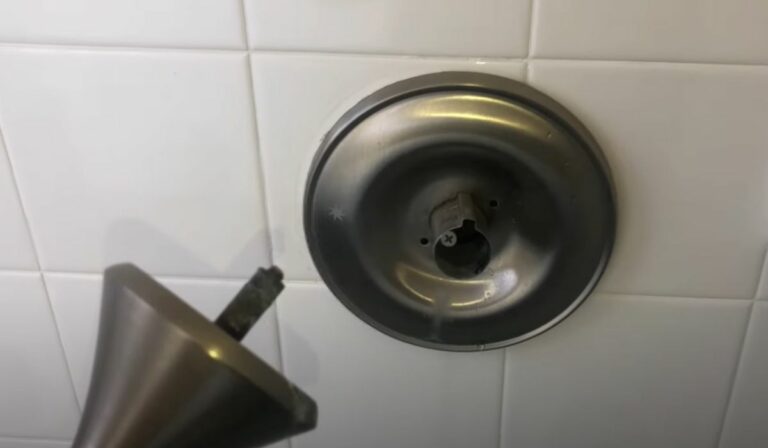Shower Diverter Is Not Fully Diverting [Solved]
Shower diverters are amazing and serve a good purpose in your everyday shower regimes. So, facing issues with it can feel terrible. But luckily, some minor problems are easy to fix at home.
For example, in this case, where you don’t know why suddenly your shower diverter is not fully diverting.
The most common cause behind a shower diverter not fully diverting is the inability to create a proper seal with the inner rubber stopper. Perhaps the seal cannot fully block the water to direct the flow in another direction.
Of course, this is not the only cause. So, I will be going further discussing this problem today in this guide and hopefully, it will help you!
Try this Basic Troubleshooting When Your Shower Diverter is Not Fully Diverting
Depending on the types of shower diverters, what you can do to fix the problem may differ. But let’s start simply by trying basic troubleshooting. If there’s some minor problem going on with the shower diverter making it unable to fully divert, this will fix it.
It is possible that you were trying to fix the shower diverter issue and went a little too rough on the knob. So, the shower diverter knob is not working. Anyways, let’s get ahead with the basic solution.
Turn off the Water Supply
Of course, you don’t want to flood the entire bathroom by allowing the water supply to stay connected. So, start by turning off the main water supply to the shower.
But based on the shower configuration of your bathroom, there could or not be a separate shut-off valve for the shower only.
Access the Diverter
Getting to the diverter can be complicated again based on the type and its installation location. Commonly three scenarios take place.
You Have a Standalone Shower Diverter:
The Shower Diverter Comes Inside the Spout:
The Diverter Is Installed Behind the Wall:
If your touchless faucet has no control box then the battery pack and solenoid of the faucet are inside the spout. At this point, you need to remove the body of the spout to access the battery pack and solenoid.
Dissembling the Diverter
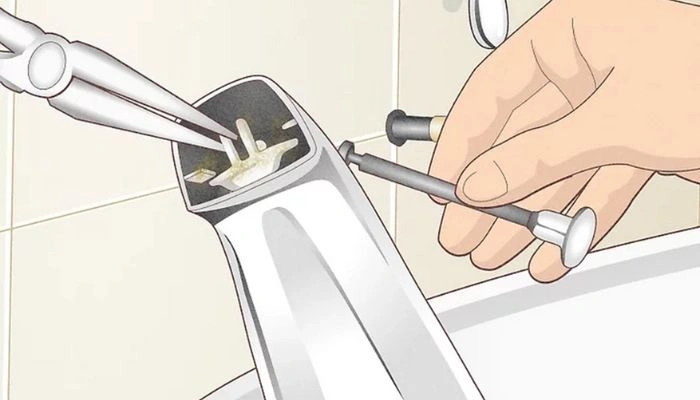
For this, you will require a pair of pliers. Use the tool with a cautious, gentle force to open the bracket, which is usually white and stays in the diverter.
There should also be a tiny pin sliding up and down that the bracket keeps in place. By opening the bracket, you release the pin to take it out.
Minor Things to Check and Fix
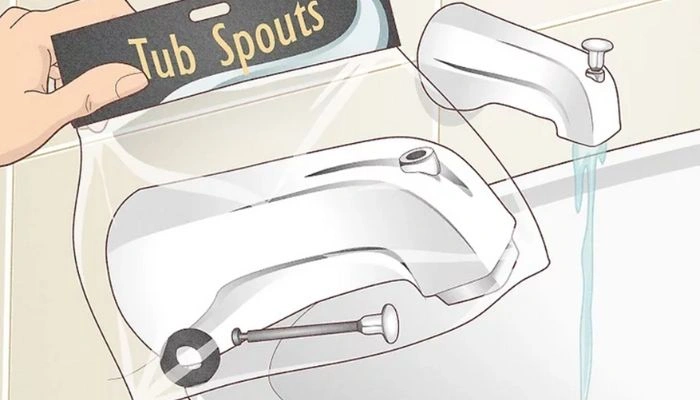
Why the Shower Diverter Is Not Fully Diverting – Fixes Based on the Potential Problems
Understanding what causes a shower diverter to not fully divert water and then determining the appropriate fix can make the repair easier indeed. But it’s not guaranteed that you won’t require professional help.
1. Damaged Hot and Cold Stems
If the hot and cold stems are worn out, you need to replace those to allow the diverter to divert fully.
It is also possible that the previous owner has fitted an incorrect stem causing a problematic configuration. And so, the diversion is incomplete. You need to check the part and replace it to fix the problem.
2. Loose or Missing Washer
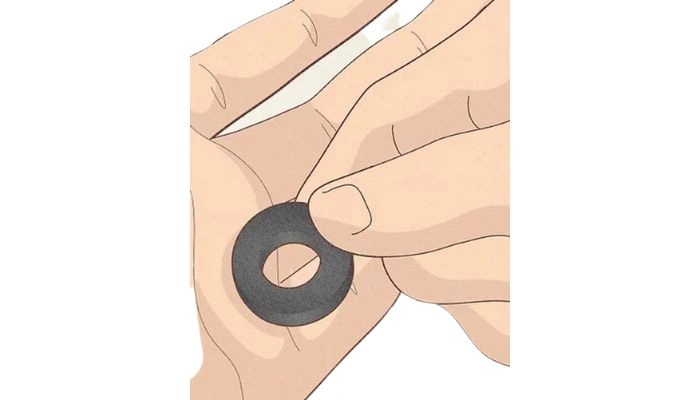
Some 3-handle diverters include a washer that might be loose. Hence it is not creating a proper seal. A loose washer can also go missing.
Or simply the washer is damaged and requires replacement. For the diverter to function correctly, the washer is necessary. Without the washer, you may even find the shower diverter fell out. If you install a new washer, make sure you do that correctly.
3. Improper Installation Alignment
The installation alignment of the tub shower diverter stems and washer needs to be accurate. Make sure that the stem is back seating against the washer. And then you want to tighten. Or else the washer will bottom out soon.
Replacing the Shower Diverter that’s Not Fully Diverting
Discussing what are the signs of a faulty shower diverter should help you determine whether or not to give up on repair and simply go with a replacement. The most common diagnosis would be leaks.
Discovering leaks on the tub spout or shower head is a sign that there’s something seriously wrong with the diverter. Now how doyou know ifyourdiverter valve is faultyeven more specifically?
To determine if your diverter is faulty or not, you can actually try observing the water when switching from the tub faucet to the shower head. If the water comes out from the tub faucet, no matter what extent, the shower diverter is not doing its job correctly.
And that means you need to replace the shower diverter. It may also accompany replacing the shower valve and shower cartridge.
One more thing. If you have recently replaced the shower diverter and you are doubting that the new shower diverter is not working, make sure the installation alignment is right. Also, some other parts may be actually responsible for problems that you need to detect.
You Can Prevent Shower Diverter Issues with This One Tip
Apart from having a good upkeep regime for the entire shower system, you can actually prolong the life of the shower diverter with an easy habit. Encourage your family members to try this as well.
All you need to do is, after taking a shower, turn off the diverter and wait for a few seconds. Then turn off the water. So that the diverter gets less strain. Now this may not apply to some shower diverter designs.
Wrapping Up
And now you know what causes the shower diverter not fully diverting, plus some solutions to the problem. Even though this problem is quite easy to handle and something you can try at home, shower systems as a whole can be complicated.
So if the problem actually accompanies other underlying issues, then the whole fix won’t be easy for you to take care of alone. In that case, you should call someone for help and let the professional deal with it.
I will be back with more similar guides.

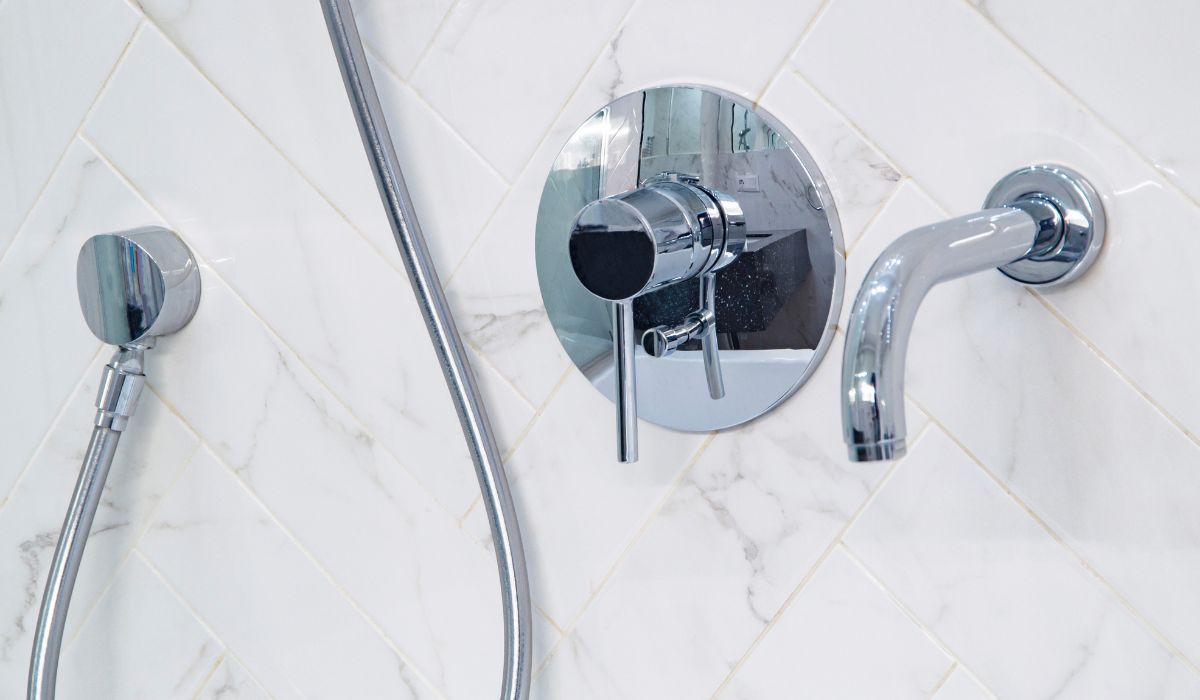
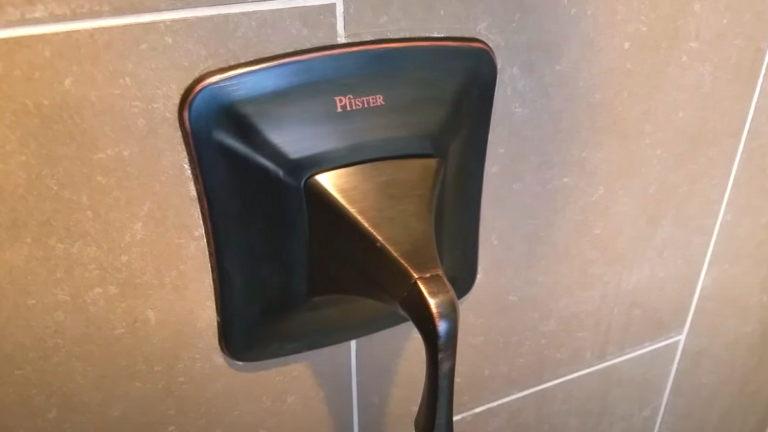
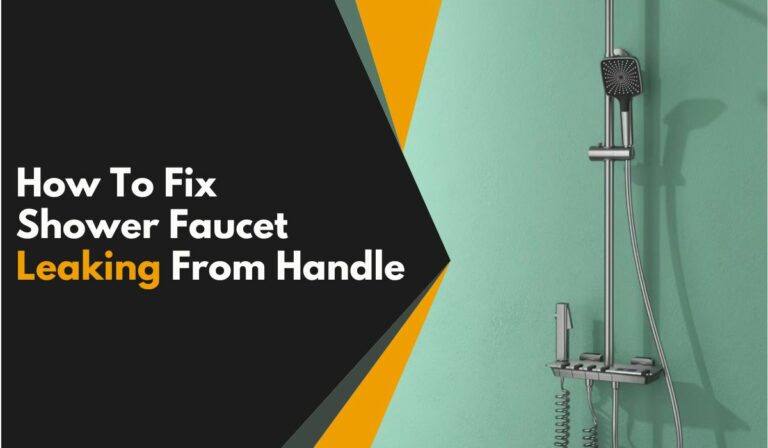

![Water Drips When Shower Is Off and Diverter Is Engaged [Solved]](https://faucetfam.com/wp-content/uploads/2023/06/Water-Drips-When-Shower-Is-Off-and-Diverter-Is-Engaged-768x448.jpeg)
